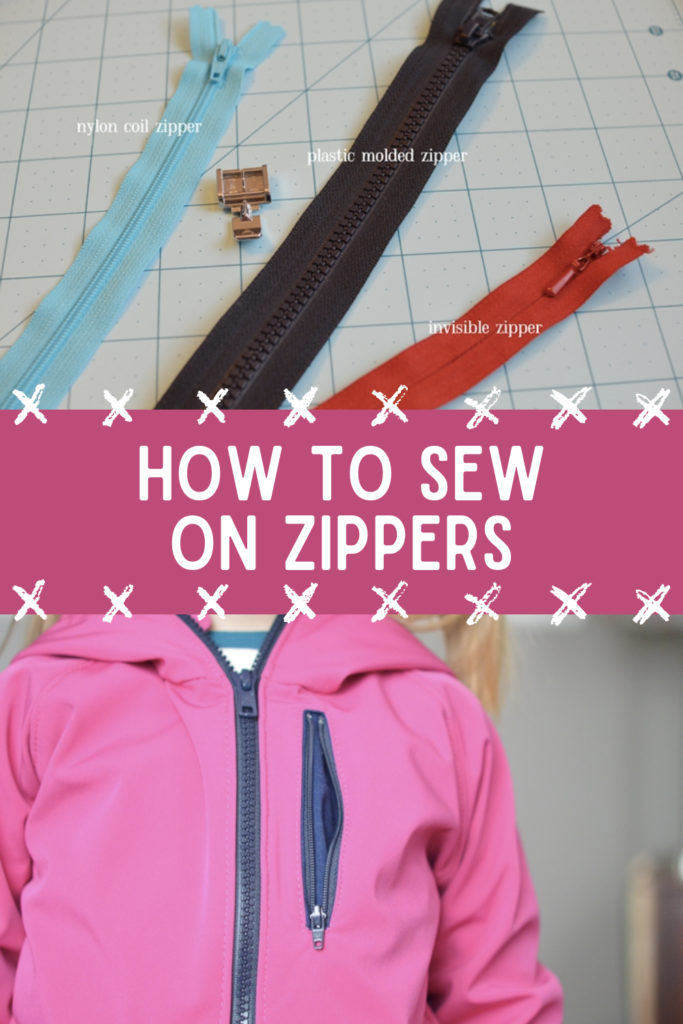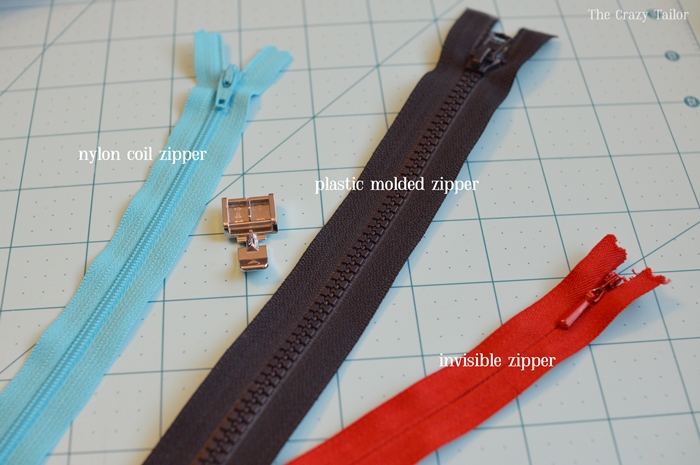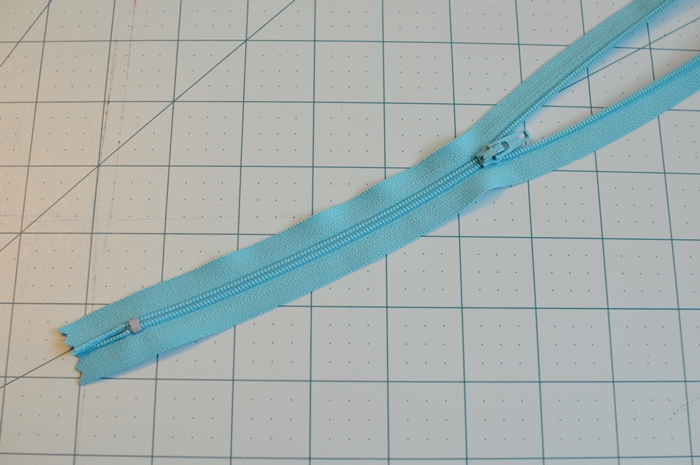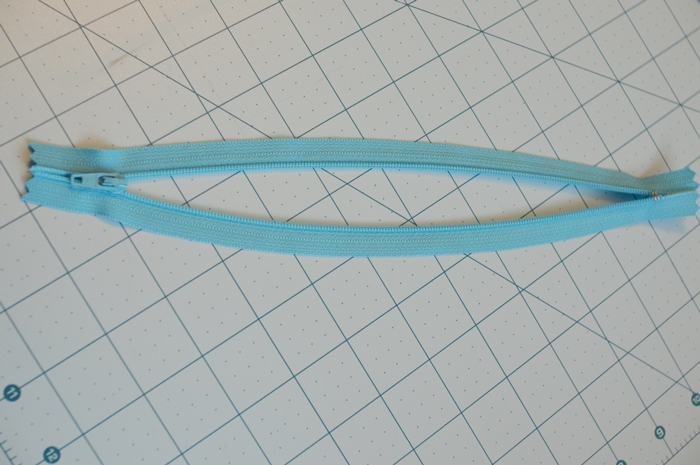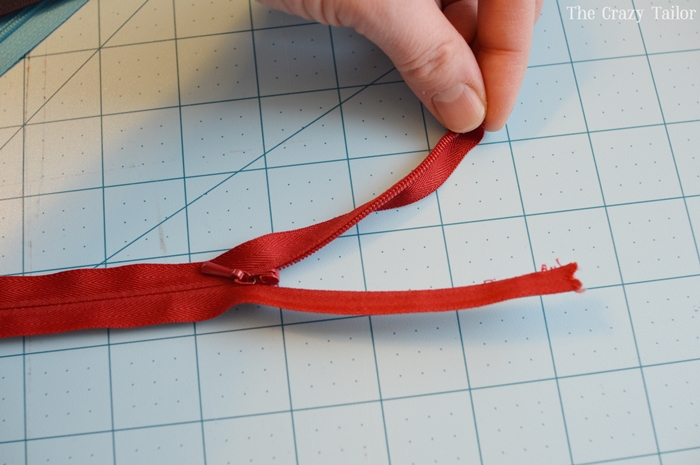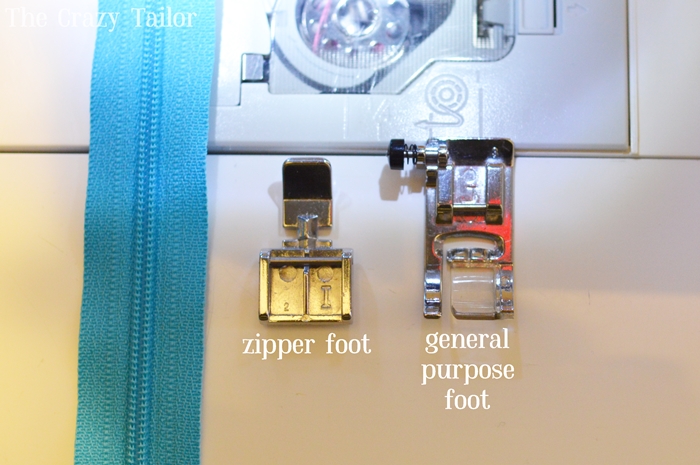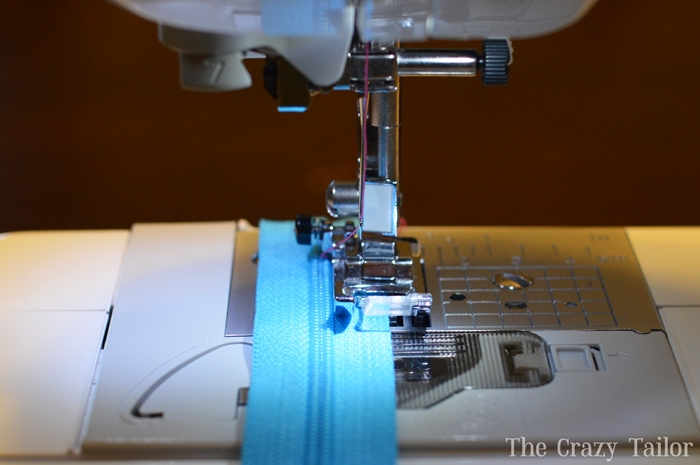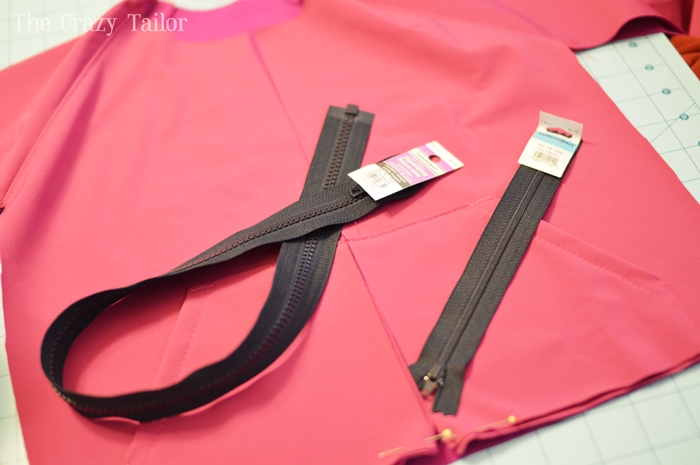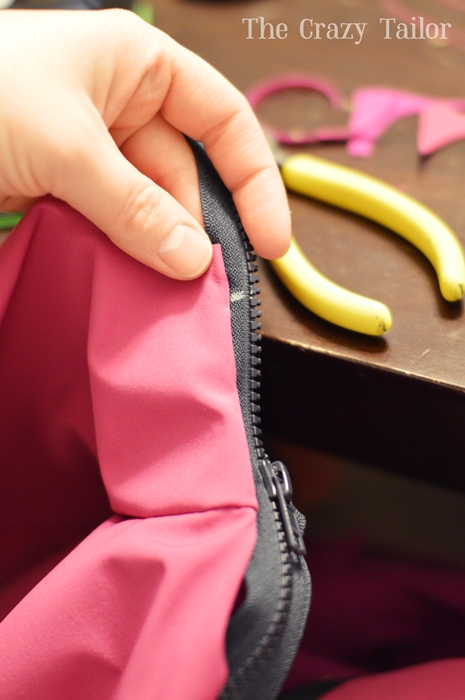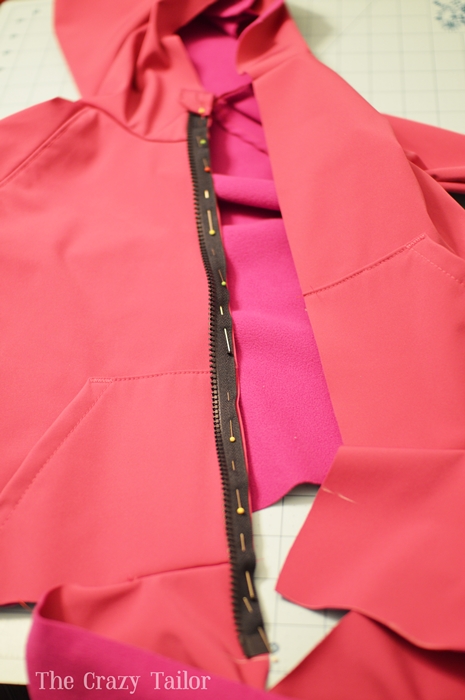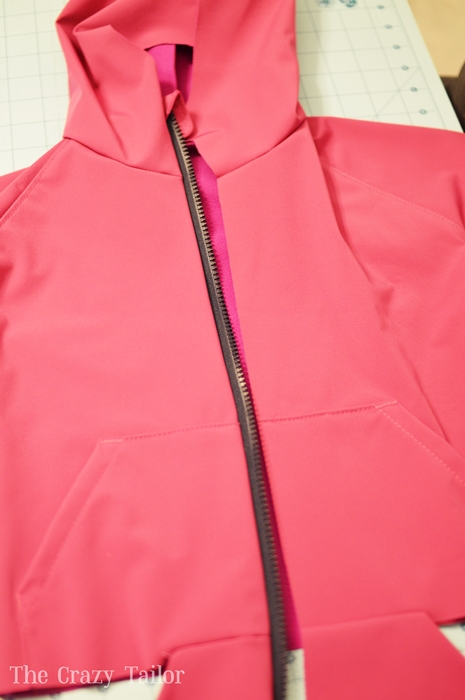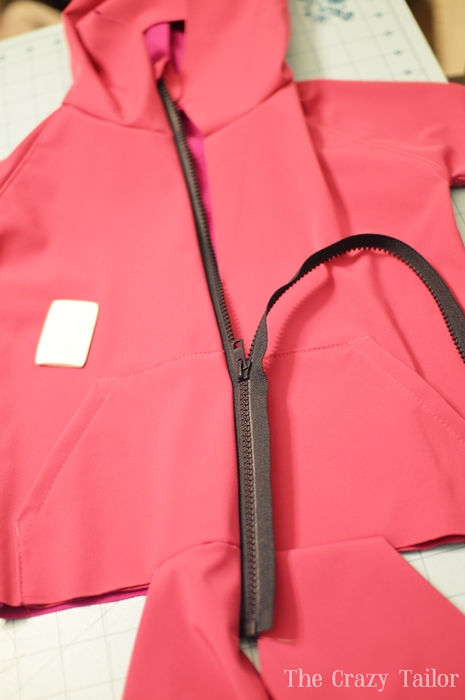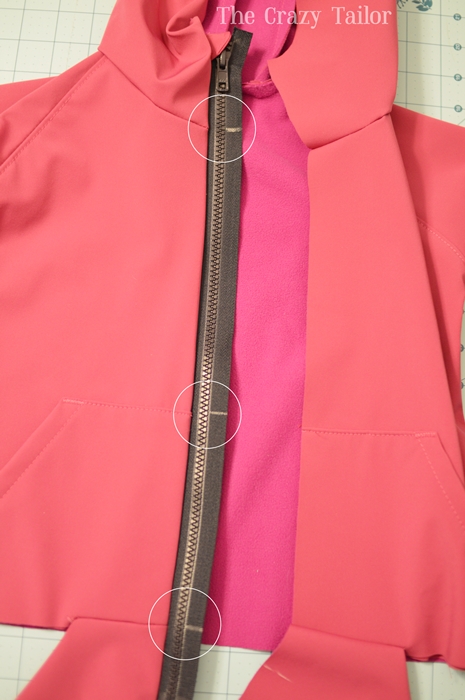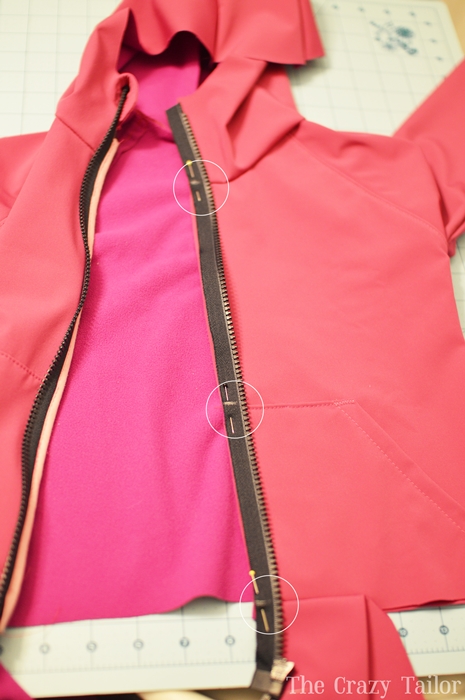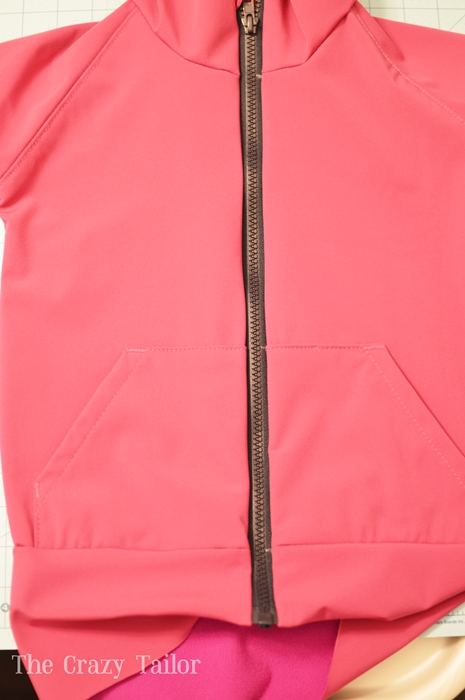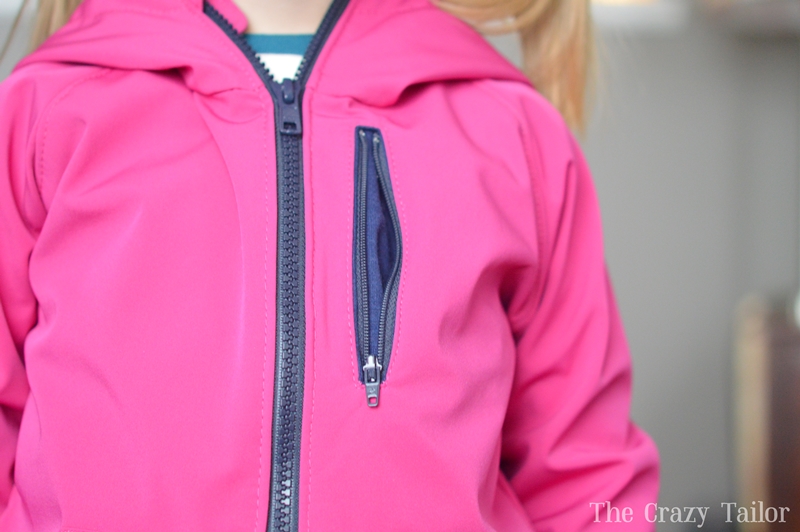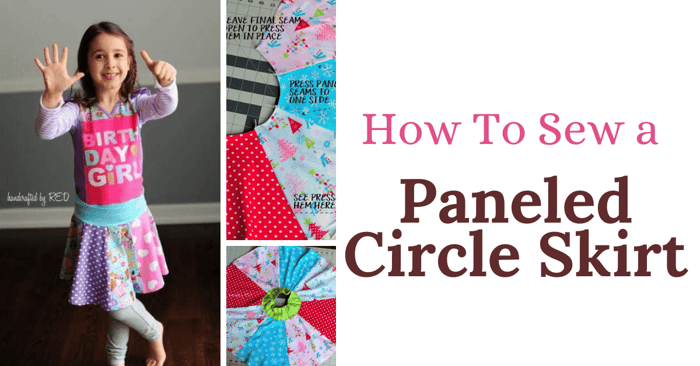
How to Sew a Zipper | Sewing a Zipper in Clothing
Learning how to sew a zipper is an essential skill to sewing clothing. Sewing them can be a daunting task, but with some helpful tips and tricks on our blog, it can become much simpler. Even if you prefer snaps, there are times when sewing a zipper is unavoidable. One of the best ways to make sewing them easier is by selecting the right type for your project, and having a seam ripper on hand in case of mistakes. In this article, we'll go through picking the right type of zipper and then I'll show how to sew it up. I'll also touch on how to sew an invisible zipper and shortening zippers.
What are the basic steps to sewing a zipper?
To sew a zipper, start by marking the placement and length of your zipper. Then, prepare the fabric by ironing and pinning it. Next, sew one side of the zipper tape to the fabric, followed by the other side. Finally, test the zipper to ensure it functions properly.
Learning How to Sew a Zipper | Types of Zippers and Their Uses
Picking the Type of Zipper
When it comes to zippers, there are various types available that cater mostly to clothing. However, a few other types exist as well. For instance, separating zippers are used in jackets and coats, while invisible zippers are commonly seen in dresses and skirts. Metal zippers can be either visible or hidden and are often found in jeans and leather jackets. On the other hand, plastic coil zippers are lightweight and flexible, making them perfect for sportswear and backpacks. Zipper tape is another essential component of a zipper face that holds the teeth in place and can be made of various materials such as cotton or polyester. In case you need to buy any of these types of zippers, wawak.com provides an extensive range to choose from based on your requirements.
Nylon Coil: Perfect for beginners. The teeth on these zippers are a continuous coil down the entire length. You can find these in a bit more heavy-duty size, but the use on those would be more for bags, upholstery, etc. This particular one is close-ended and non separating. See that little square metal clamp at the bottom? You would not use this type for a jacket, since you can’t separate it completely.
These are great for dresses that only have a zipper in the bodice, pants or skirts, pockets in jackets, and half-zippers. These are often installed centered, but occasionally you might find a pattern that utilizes a lapped seam installation. Here is a centered zipper example:
You can find these as separating zippers (sometimes referred to as a jacket zipper, because of it’s separating capability) as well.
Molded Plastic Zippers: These are a bit of a chunkier one that you mostly find as a separating zipper. It’s the one you would use in outerwear, hoodies, snow pants, etc. This is a separating plastic slider:
You may also see these with more than one zipper pull so they can unzip from the bottom and the top. Also available are reversible separating plastic zippers. That would be handy in a reversible jacket.
Invisible Zipper: The last kind I will talk about today is the Invisible Zipper. These are common in adult skirts and dresses. They're virtually invisible when sewn up correctly. I'll give you tips below on how to sew one of these up.
Tools and Materials Needed for Sewing Zippers
Using a Zipper Foot to Stitch Your Zipper In Place
The Zipper Foot is a handy tool that can greatly simplify the process of how to sew a zipper. It enables you to sew close to the teeth of the zipper without accidentally stitching over them. This makes your work more precise and saves time as well. If you're new to using a zipper foot, there are plenty of tutorials available online that can help you get started. For instance, this YouTube video provides an excellent step-by-step guide for using the zipper foot effectively. With a little practice, you'll soon be able to install zippers like a pro!
Please note that the foot up there is upside down….this is what happens when I sew at night! Ok, here’s a visual for how the zipper foot sits on the zipper:
You can see that there are two sides to the foot, and it depends which side of the zipper you are sewing as to which way you attach the foot to your machine. Also, be sure that your needle clears the foot…ask me how I know…
This is how your regular general-purpose foot sits on a zipper – it puts your needle too far away from where you should be stitching! That’s why it’s important to use the right tool for the job 🙂
Step-by-Step Guide on How to Sew a Zipper Into Clothing
So that’s a little round-up of the common zippers we use! There are tons of tutorials out there for how to sew a zipper. I do have one last tip for you when learning how to sew a zipper into clothing. Ever finish the zipper in a jacket or hoodie and your front pockets don’t line up? or maybe something else is off? Here is how to sew on zippers so that everything lines up almost perfectly!
Preparing the Fabric for Sewing
Step 1: I started with a mashed-up High Five Hoodie with some Grand Slam sleeves and a Downton Duffle hood! Oh, and a too-long molded plastic zipper. And a nylon zipper.
Step 2: You can see that there are three important seams that I will need to match up:
If your zipper is too long, mark where it needs to stop and pull the extra teeth off with some needle-nosed pliers.
Pinning or Basting the in Place
Step 3: When it comes to to how to sew a zipper onto to fabric, there are two main techniques: pinning and basting. Basting involves using temporary stitches to hold the zipper in place while you sew it onto the fabric more securely. To begin adding a zipper to your jacket, secure it in place by either pinning or basting it onto one side of the fabric. This will ensure that the zipper remains in place as you work on attaching it to the other side of the jacket. Make sure to align the teeth of the zipper with the edge of the fabric for a clean and polished look. Once you have secured one side of the zipper, you can work on the other.
Step 4: How to sew a zipper on fabric can be done in two ways: using a sewing machine or needle and thread. Regardless of the method you choose, it is essential to pay attention to the details and ensure precision throughout the process. Sewing a zipper onto fabric requires patience and practice to achieve a neat and professional-looking finish. It is also important to choose the right type of zipper for your project and measure the length accurately before starting. The end result will be worth the effort when you see your finished product with a perfectly attached zipper.
Step 5: Zip up the other side:
Step 6: It is important to mark the seams on the unsewn side using chalk or an erasable fabric marker. Ensure the markings are precise and consistent to avoid discrepancies during the sewing process. Once you have marked the seams, transfer them to the opposite side. This will help you maintain accuracy while sewing and ensure your finished product looks neat and professional.
Step 7: Unzip it again, and using the marks, line up and pin at each seam first.
Step 8: Test your matched seams by zipping it up and make any adjustments as needed. Once it’s perfect, sew up the second side.
There you go! Perfectly matched-up!
Here is the completed mash-up:
How to Sew an Invisible Zipper?
An invisible zipper is hidden or blended into the seam of the clothing. The teeth on an invisible zipper are hard to notice, so it's often used for items like formal dresses. Sewing an invisible zipper may seem daunting, but with the right techniques, it can be a breeze. Just follow a few basic steps on how to sew in a zipper:
- Prepare: Make sure to press your fabric to remove any wrinkles and mark the placement of your zipper on the wrong side of the fabric.
- Attach the Zipper Foot: Attach a regular zipper foot to your sewing machine and open up the zipper.
- Align Your Fabric & Sew: Align one side of the zipper tape with the raw edge of your fabric, right sides together, and pin it in place. Sew along this edge using a straight stitch, stopping about an inch from the bottom.
- Repeat: Repeat this process for the other side of the zipper tape. Once both sides are attached, close the zipper and pin the remaining seam allowances together. Sew across this section using a straight stitch to secure everything in place.
- Finally, press the seams open and you're done! With practice, sewing an invisible zipper will become second nature and add a professional touch to your garments.
This was just meant to be a brief overview. We also have a full tutorial for you on How to Sew an Invisible Zipper.
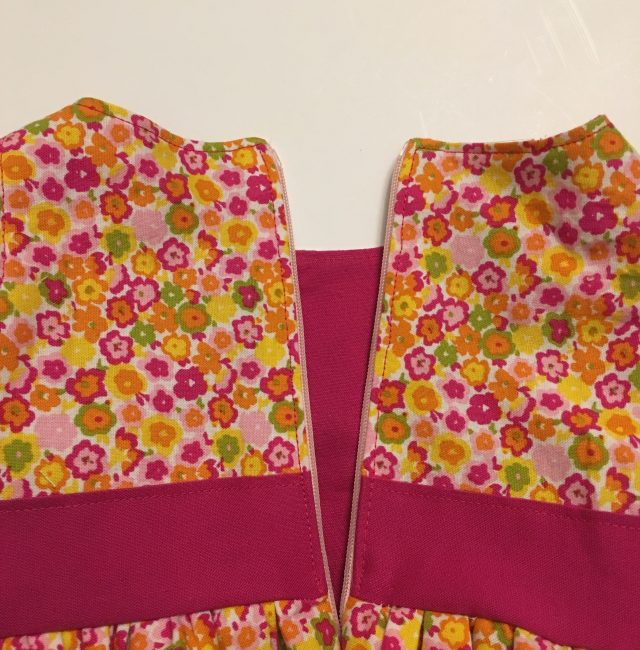
How to Shorten a Zipper By Hand
Depending on your sewing project, you'll need zippers to come in different sizes and this often involves shortening one. Shortening it isn't too hard though. You can do it by hand in just a few easy steps:
- Measure & Mark: Measure from the top of the zipper down to the end to get the zipper length you want. In order to shorten the zipper, you'll need to create a new zipper stop at the bottom of the zipper at your desired length (I never knew I could use the word zipper so many times in one sentence!)
- Create the Stop: Grab some thread and a needle, knot the end of the thread, and lets make a stop. Starting from the bottom of the zipper tape, position your needle as close to the zipper teeth as possible at your marked line and push it through to the top. From my perspective, I tend to start on the right side of the zipper. Now push your needle back down on the other side of the teeth along that marked line - again, as close to the teeth as possible. Push the needle back up from the bottom, through the spot you pushed it through just a moment ago, to create a loop around the zipper teeth. Repeat the last couple steps - making loops around the teeth - about 12-15 times.
- Tie off the Thread: Flip itover so the bottom is facing you. Slide the needle under the new stop through the center along the teeth.
- Cut off the Excess Zipper Tape: Use your scissors to cut off the bottom portion of the tape at least 1/2" below the new zipper stop.
The process isn't much different with a sewing machine. You would still mark and measure the zipper the same way that was done above. Then, instead of hand sewing around to create the stop, you would go over the marked line with your sewing machine a few times to create a strong new stop. Make sure to sew stitches a little bit on both sides of the zipper too.

Thank you so much for joining us today for this tutorial on how to sew a zipper. Join our Peek-a-Boo Pattern Shop Facebook Group to show us what you’re making and to ask any further zipper-related questions (or any questions related to sewing).
As always, visit us at KnitFabric.com for your fabric needs and Peek-a-Boo Pattern Shop for sewing patterns.
